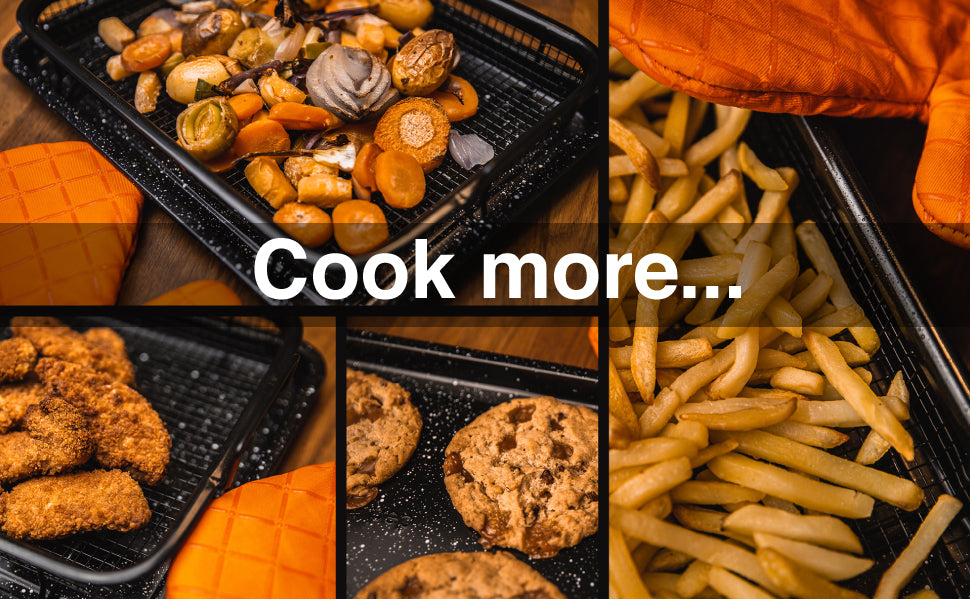Mealtimes are a crucial part of our day, providing not only essential nourishment but also an opportunity to reconnect with family and friends. However, the modern lifestyle often leaves little time for planning and preparation, which can make mealtimes feel more stressful than enjoyable. With a bit of organisation, creativity, and some practical tips, you can streamline the process and turn mealtime into a smooth and enjoyable experience. In this article, we will explore a range of ideas for mealtimes, from quick weekday solutions to family-friendly meal planning, and provide strategies for making the process more efficient.
Planning Ahead: The Key to Stress-Free Mealtimes
One of the most effective ways to streamline mealtimes is through meal planning. Setting aside a little time each week to plan out your meals can save hours of indecision and last-minute scrambling. Begin by choosing a day of the week to plan your meals and create a shopping list based on your menu. By knowing exactly what you need to purchase, you can avoid unnecessary trips to the supermarket and reduce food waste.
When planning, consider a mix of meals that are quick to prepare and others that may take a bit longer but yield leftovers. Dishes like stews, casseroles, or pasta bakes are ideal for batch cooking and freezing. Having a few homemade meals ready to defrost and reheat can be a lifesaver on busy evenings.
Quick and Easy Weeknight Meal Ideas
For weeknights when time is tight, having a repertoire of simple and speedy meals can make all the difference. Here are a few ideas to help you prepare tasty meals in minimal time:
- Stir-Fry: A quick stir-fry using a mix of vegetables, protein (such as chicken, tofu, or prawns), and a simple sauce like soy sauce, garlic, and ginger can be prepared in under 20 minutes. Serve with rice or noodles for a complete meal.
- One-Pot Meals: Recipes like chilli con carne, risottos, and curries can be made in a single pot, saving time on both preparation and washing up. Use a slow cooker or deep pan to make the process even easier.
- Pasta Dishes: Pasta is a versatile base for a variety of quick meals. Try spaghetti with a simple tomato and basil sauce, or toss cooked pasta with olive oil, garlic, spinach, and cherry tomatoes for a healthy and speedy option.
- Sheet Pan Dinners: Roasting ingredients on a single tray in the oven minimises fuss. Combine chicken thighs, sweet potatoes, and broccoli with olive oil and herbs for an easy, balanced meal.
Family-Friendly Meal Planning
If you are cooking for a family, accommodating different tastes and dietary preferences can be challenging. Involving everyone in the planning process can help ensure that mealtimes run smoothly and that everyone is satisfied.
Start by creating a flexible menu that includes a variety of proteins, vegetables, and carbs. Dishes like tacos, DIY pizzas, or build-your-own rice bowls can be customised by each family member, making them crowd-pleasers. For example, serve grilled chicken, black beans, avocado, rice, and salsa as components, and let everyone build their own plate according to their preferences.
Another strategy is to embrace theme nights, which not only simplify meal planning but also add an element of fun. For example:
- Meat-Free Mondays: Encourage more plant-based eating by preparing vegetarian dishes like lentil shepherd’s pie or veggie-packed stir-fry.
- Taco Tuesdays: Serve tacos with a choice of fillings, such as spiced mince, grilled fish, or roasted vegetables.
- Fish Fridays: Incorporate more fish into your diet with dishes like salmon fillets, fish pie, or fishcakes.
Saving Time with Preparation and Tools
Preparation is key to making mealtime efficient. Spend a bit of time at the start of the week chopping vegetables, marinating proteins, or cooking grains such as rice or quinoa. Store prepped ingredients in containers in the fridge, so they are ready to go when it is time to cook.
Investing in the right tools can also make a big difference. For example, slow cookers allow you to set up your meal in the morning and return home to a ready-to-eat dinner. Instant pots and pressure cookers reduce cooking times significantly, while food processors can help with chopping and blending in seconds. Freezer-friendly containers and meal prep boxes are essential for storing leftovers and pre-prepared meals.
Reducing Food Waste
Another important part of streamlining mealtime is reducing food waste. Use leftovers creatively by incorporating them into new meals. For instance, roast chicken from Sunday dinner can be turned into chicken wraps or a hearty soup for Monday’s lunch. Similarly, leftover vegetables can be blended into sauces or added to omelettes and frittatas.
Be mindful of portion sizes when cooking, and try to shop with specific recipes in mind. Planning meals around ingredients you already have in your fridge or pantry can help minimise waste and save money.
Enjoying the Mealtime Experience
Finally, while efficiency is important, it is equally essential to enjoy the process of preparing and sharing meals. Create a calm and inviting atmosphere at the dining table by turning off distractions like phones and TVs. Use mealtimes as an opportunity to catch up with family members, share stories, and bond over good food.
If possible, get the whole family involved in the cooking process. Children can help with simple tasks like setting the table, washing vegetables, or mixing ingredients. Cooking together not only lightens the workload but also teaches valuable skills and fosters a love for food.
Streamlining mealtimes does not have to be complicated. With thoughtful planning, simple recipes, and a bit of preparation, you can create stress-free and enjoyable mealtimes for yourself and your family. Embrace tools that save time, reduce waste, and prioritise quality time at the table. By approaching mealtimes with organisation and creativity, you can transform them into moments of joy and connection every day.

